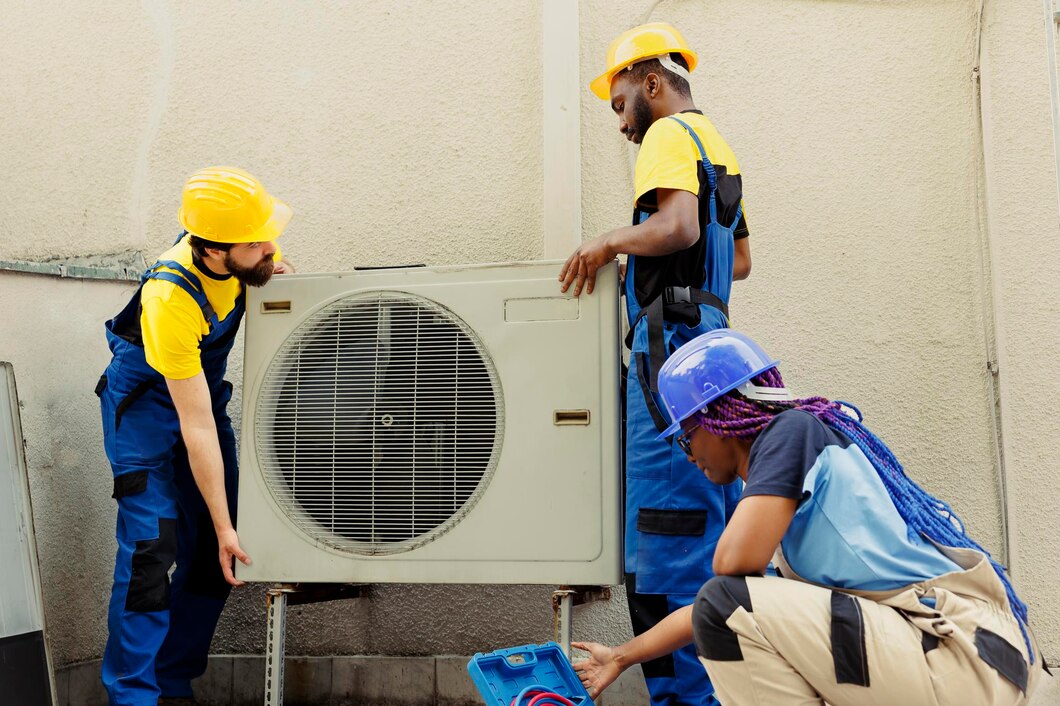Commercial cooling towers play a crucial role in many large-scale HVAC systems, particularly in industrial and commercial facilities with significant cooling requirements. These specialized structures help to dissipate heat generated by various processes, ensuring a comfortable and productive environment within the building. As a critical component of efficient and effective HVAC operations, understanding the functionality and benefits of commercial cooling towers is essential for facility managers responsible for maintaining comfortable indoor climates and optimizing energy usage.
Delve into the world of commercial cooling towers, exploring their operating principles, benefits, and the importance of regular maintenance in maintaining system efficiency and longevity. With a thorough understanding of these vital HVAC components, you will be better equipped to make informed decisions regarding the maintenance and care of your facility’s cooling tower system.
Join us as we dive into the fascinating world of commercial cooling towers, revealing their critical role in maintaining a comfortable and energy-efficient environment for your industrial or commercial facility.
1. The Operating Principles of Commercial Cooling Towers
Commercial cooling towers function based on the principles of heat exchange, evaporative cooling, and air circulation, working in tandem to dissipate heat from your HVAC system. Here’s a closer look at the processes involved in a typical cooling tower:
- Heat Exchange: In many large-scale HVAC systems, water is used as a primary coolant, absorbing heat as it circulates through the system. This heated water is then pumped into the cooling tower for heat dissipation.
- Evaporative Cooling: Within the cooling tower, the heated water is exposed to the atmosphere, typically by being dispersed over a series of fill materials that maximize surface area. As air moves across the water, a portion of the heated water evaporates, removing heat energy from the remaining water in the process.
- Air Circulation: Cooling towers rely on both natural draft and mechanical draft systems, or a combination of both, to draw air in and promote efficient heat exchange. A natural draft system harnesses the natural buoyancy of warm air, whereas a mechanical draft system employs fans to force air over the water.
2. Key Benefits of Commercial Cooling Towers
Commercial cooling towers offer several advantages to businesses and facilities with significant cooling requirements:
- Energy Efficiency: By utilizing evaporative cooling techniques, cooling towers can dissipate large amounts of heat with relatively low energy consumption, helping to keep operating costs in check.
- Enhanced System Performance: Cooling towers support the efficient operation of HVAC systems by effectively managing heat loads, subsequently reducing the load on chillers and other cooling equipment.
- Customizability: Cooling towers come in various designs and configurations, allowing facility managers to select the most cost-effective and energy-efficient option tailored to their specific cooling needs and system constraints.
3. Critical Factors to Consider When Selecting a Commercial Cooling Tower
Selecting the appropriate cooling tower for your facility involves evaluating several critical factors to ensure the system meets your operational requirements:
- Cooling Capacity: The cooling capacity of the tower must be adequately matched with your facility’s requirements, taking into consideration factors like heat loads, seasonal variations, and any potential increases in cooling capacity needed for future expansions.
- Energy Efficiency: Consider the energy consumption of the cooling tower’s components, such as fans and pumps, to ensure the proposed system aligns with your facility’s energy efficiency goals.
- Space Constraints: Evaluate the available space at your facility to determine the most suitable tower design and configuration, considering the footprint, height, and accessibility for maintenance.
- Material Selection: Cooling towers can be constructed using various materials, including metals and plastics. Material selection should be based on factors such as corrosion resistance, durability, weight, and environmental impact.
4. The Importance of Regular Cooling Tower Maintenance
Routine maintenance is critical to ensuring optimal performance and longevity of your commercial cooling tower system:
- Internal Cleaning: Regularly clean the tower’s interior components, such as fill materials, drift eliminators, and nozzles, to maintain optimal heat exchange efficiency and prevent debris buildup.
- Water Treatment: Implement a comprehensive water treatment program to control scaling, corrosion, and biological growth in the cooling tower, thus preventing costly system damage and prolonging equipment life.
- Mechanical and Electrical Systems Inspection: Schedule routine inspections of mechanical and electrical components, such as pumps, motors, and fans, to identify any wear, damage, or potential issues that may impact system performance.
- System Monitoring: Monitor the cooling tower’s performance and key operating parameters, such as water temperatures, flow rates, and energy consumption, to detect any anomalies or inefficiencies that may indicate system issues.
Achieving Optimal Cooling Tower Performance with Our Expert Services
Commercial cooling towers are indispensable components of many large-scale HVAC systems, ensuring efficient cooling and heat dissipation for industrial and commercial facilities. To maximize the advantages of these innovative systems, understanding their operating principles, benefits, and the necessary factors during selection and maintenance is essential.
At Hugee Corporation, our expert technicians possess the knowledge and experience to assist you throughout the entire cooling tower life cycle, from selection and installation to routine maintenance and support. Trust our dedicated team to help you make informed decisions and maintain optimal cooling tower performance, resulting in enhanced efficiency and a comfortable environment in your facility. Contact us today to learn more about our comprehensive HVAC services in Washington, DC!




